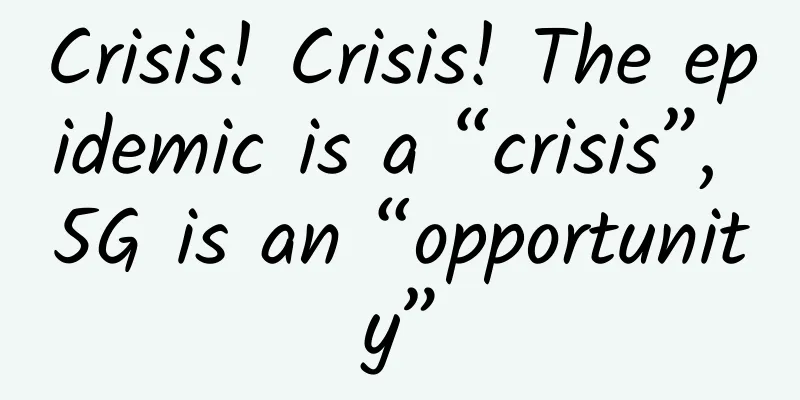Asia's mobile broadband development needs to accelerate 2G network withdrawal

|
In Ovum's latest World Cellular Information Service Subscriber Forecast report, the forecast for Asia highlights a major shift towards mobile broadband (MBB) in 2016, and indicates that the decline in 2G subscriptions will accelerate from 2017. Charles Moon, Ovum's Asia practice leader, said that mobile broadband has become the mainstream mobile technology in Asia in 2016. The growth rate of mobile broadband (LTE/W-CDMA/TD-SCDMA) users in Asia was 28% last year, accounting for more than half of all mobile users. By the end of last year, the penetration rate reached 53% and the number of users reached 3.9 billion. Source: World Cellular Information Service Growth is mainly driven by LTE, with 9 out of 10 net new mobile broadband subscriptions last year. Asia’s most populous countries, China, India and Indonesia, are the biggest drivers of this segment as young urban consumers tend to connect to 4G networks using new smartphones. Ovum said that the development trend of mobile technology has shifted to mobile broadband, and 2G users will decline rapidly from 2017, from half of all mobile connections at the end of 2016 to only 13% in 2021. There are still more than 500 million 2G users, and most of the population in many emerging markets will continue to use 2G services. However, in two countries in Asia, China and Indonesia, the proportion of 2G users will drop below 10% by 2021. By then, mobile broadband penetration in both countries will reach 100% or even higher, which may stimulate regulators to approve the shutdown of 2G networks earlier, allowing spectrum to be redeployed for data services. Source: World Cellular Information Service This is already happening in two of Asia’s most advanced markets, Australia and Singapore, which will shut down their 2G networks this year and refarming spectrum to boost 3G/4G network capacity. Operators in developing markets, particularly Indonesia, Myanmar, Vietnam, Sri Lanka and China, can look to Australia and Singapore as examples for their 2G rollouts. Accelerate the withdrawal of 2G networks to support the rapid growth of data Although the decline of 2G is inevitable, emerging markets may be relatively strict in implementing 2G network withdrawal, and old technologies remain sticky in these countries, resulting in a slower migration to the technology. Operators can accelerate migration by appealing to the price sensitivity of late adopters. Selling 3G feature phones by offering attractive services and trade-in offers is an effective way to encourage 2G users to upgrade. Much of the cost of a new device can be offset by operators offering trade-in offers for old 2G devices. In Singapore, users who purchase a new 3G phone can enjoy a prepaid offer of 30 Singapore dollars for local talk time. Using offers can effectively reduce the total cost of ownership, especially in emerging markets such as India, where 3G feature phones are only a few dollars more expensive than 2G devices. It may be more difficult for 2G users to upgrade to smartphones due to higher prices and limited familiarity with smartphones. Cheap smartphones are still more than five times the price of 2G devices, and the additional data costs may also affect this small market of generally low-income rural users (at least initially). In addition, battery life is the second most important factor for Indian consumers when choosing a phone after price, which may continue to hinder smartphone penetration in the medium term, causing some users to stick with feature phones. Finally, Ovum said that the growth of mobile broadband in emerging Asian markets has forced operators to accelerate the withdrawal of 2G networks. Australia and Singapore have actually become pioneers. |
<<: Why is there no movement in China for the popular wireless mesh network?
>>: Aryaka wins the 2016 Global Most Influential SD-WAN Solution Award
Recommend
SoftShellWeb December Special Package, Netherlands/San Jose/Taiwan VPS monthly payment of $9.99
SoftShellWeb has released a special package for D...
How Industry 4.0 and 5G will change supply chain visibility
As the pandemic highlights the serious inefficien...
5G+ marks the next big shift for Asia’s industry
COVID-19 has been one of the biggest disruptors i...
Authoritative release: Ten major events in China's industrial Internet in 2020
In order to comprehensively display the developme...
The UK invests £1 billion to build a full-fiber network, and 5G and ultra-fast broadband will soon benefit 2 million households
[[177138]] In the near future, 2 million househol...
Nielsen: 5G enters a period of accelerated development, new scenarios give rise to new consumer demands
Recently, Nielsen, a global monitoring and data a...
"All-optical wireless starry sky" illuminates the road of intelligent manufacturing of Jinya Electronics
With the advent of the fourth industrial revoluti...
The operator has announced that 5G is coming soon, and its three major advantages are obvious.
The three major operators officially announced Si...
spinservers: $79/month - 2*E5-2630Lv2, 64G memory, 1.6TB SSD hard disk, 10Gbps bandwidth
spinservers has added a large number of dual E5+S...
Application of 5G in epidemic prevention and control in medical system
At the beginning of 2020, the COVID-19 epidemic w...
Li-Fi, which failed to beat WiFi, may be the savior of 5G
Regarding the technical solutions for future comm...
How to Understand and Evaluate Potential Colocation Data Center Providers?
Today, as demand for colocation and wholesale dat...
Let 5G play a role earlier and make 5G technology 4G
The popularity and application of 4G has opened t...
LOCVPS Korea/Germany/Netherlands VPS 30% off, Korea VPS (2GB/60GB/600GB) monthly payment starts from 38.5 yuan
LOCVPS (Global Cloud) released a promotional plan...
The ultimate form of 5G and its ferryman
Recently, I found that many of my friends have su...









